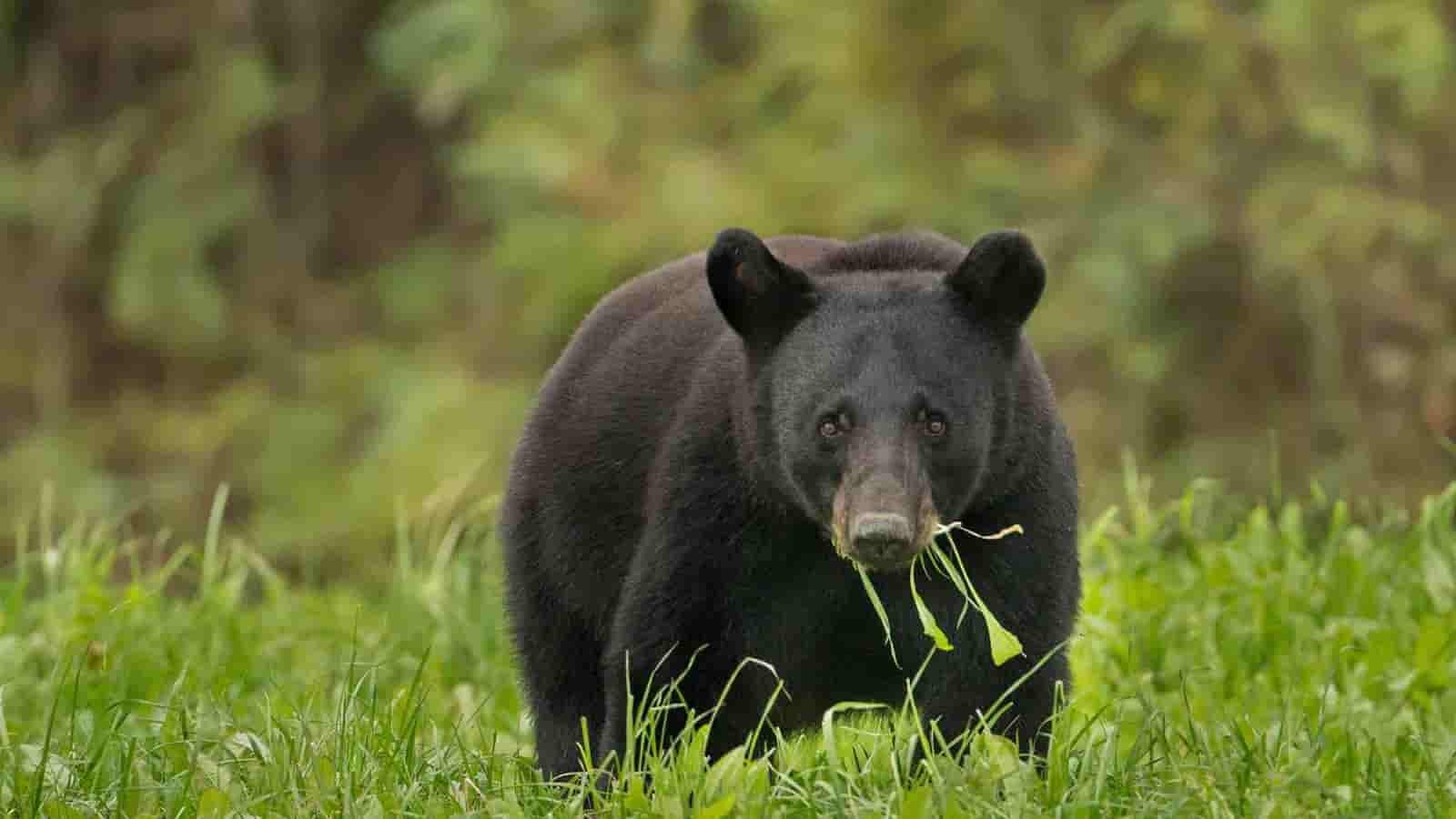National Black Bear Day 2024 (US): This year, National Black Bear Day is a day to celebrate, as it has been observed annually on the first Saturday in June with the solitary purpose of educating the public about black bears and dispelling the myths that surround them. We assure you that this was the final pun. Please be patient with us.
National Black Bear Day: History
When humans arrived in North America, bears existed on almost every continent. Actually, grizzlies thrived in all western states, from Mexico to Alaska. The smaller black bear, a grizzly relative, lived in North America’s Atlantic and Pacific coasts, Mexico, and northern border.
Native Americans used black bears for their durable hides, rich meat, and delicious fat. Thus, it is understandable that people revered it and passed on bear stories through folktales.
European settlers brought their fear of nature and animals. They killed these bears because they threatened livestock, crops, and life. Popular children’s novels featured bears assaulting hunters and other predators eating their cattle, evoking their fear.
In human-occupied areas, forest land is destroyed to make farming, and bears lose their homes. As populations rose, more black bears were killed for food, safety, or other reasons. Black bear populations declined due to their slower reproduction rate than other mammals.
However, restoration programs and forest area recovery activities increased five-fold in Maryland and New Jersey. Although black bears have not yet reclaimed their entire territory in North America, many remain in the wild.
The IUCN classifies them as the least endangered species due to their large population. The growing bear population coexists with humans in many areas.
The North Carolina Black Bear Festival created National Black Bear Day to honor the black bear in the US and debunk its myths and dread.
National Sea Monkey Day 2024 (US): History, Activities, and Facts about Sea Monkey
FAQs regarding National Black Bear Day
By 2020, what was the global population of black bears?
About 800,000 black bears live in North America and are reestablishing their habitats.
Which national park has the most black bears?
Black bears are most abundant in the Great Smoky Mountains National Park in the southeast. About 1,500 black bears live there.
Which state has the most black bears?
The largest U.S. black bear population is in Alaskan forests, estimated at 100,000.
National Black Bear Day 2024 (US): Activities
Discover additional information regarding the American black bear.
National Black Bear Day provides an opportunity to gain a deeper understanding of these magnificent creatures and to learn how to coexist with them in a respectful manner. The conservation of nature and the animals that rely on it for survival is a moral obligation that humans bear. Learning more about this day and the black bear helps us recognize the majestic nature of these creatures and how we can coexist with them by making a few minor adjustments.
Embark on an excursion to observe black bears
Do you reside in close proximity to a national park or animal preserve that is home to a black bear population? Organize a field excursion to observe these animals in close proximity, but refrain from approaching them excessively. If you are unable to physically visit these animals, there are numerous global reserves and numerous American locations that offer animal cameras for online viewing at any time. Please spare a moment to observe these adorable creatures in their natural environment.
Acquire knowledge regarding black bear attacks.
Read up on the appropriate actions to take (and the ones to avoid) in the event of a black bear attack. For instance, refrain from feeding untamed bears, refrain from running or climbing trees if they pursue you, and be aware that they typically avoid humans unless they have no alternative. They are not interested in consuming humans; their diet is 95% plant-based, although they do consume small animals such as fish and amphibians.
Fun Facts About National Black Bear Day
Bears, bears, bears!
Black bears are present in 41 of the 50 states of the United States, with an estimated population of 800,000.
Black bears are not always black.
They are available in a variety of colors, including cinnamon, blue/black, blue/grey, and, in uncommon cases, white, sometimes in the same litter.
“They are super hibernators.”
In the spring season, they can hibernate for up to eight months in northern states; however, in the southern regions, they may hibernate for a lesser duration or not at all, contingent upon the availability of food.
They are capable of ascending trees.
Sometimes, these creatures are more at ease on a tree than on the ground, despite their exceptional dexterity.
The black bears that inhabit North Carolina are the largest.
North Carolina’s coastal regions are home to the largest black bears on Earth, as per black bear biologist Colleen Olfenbuttel. This is likely due to the moderate winters and access to high-protein crops.
NATIONAL BLACK BEAR DAY DATES
| Year | Date | Day |
|---|---|---|
| 2024 | June 1 | Saturday |
| 2025 | June 7 | Saturday |
| 2026 | June 6 | Saturday |
National Alligator Day 2024 (US): Learn About its History, Activities and Dates












